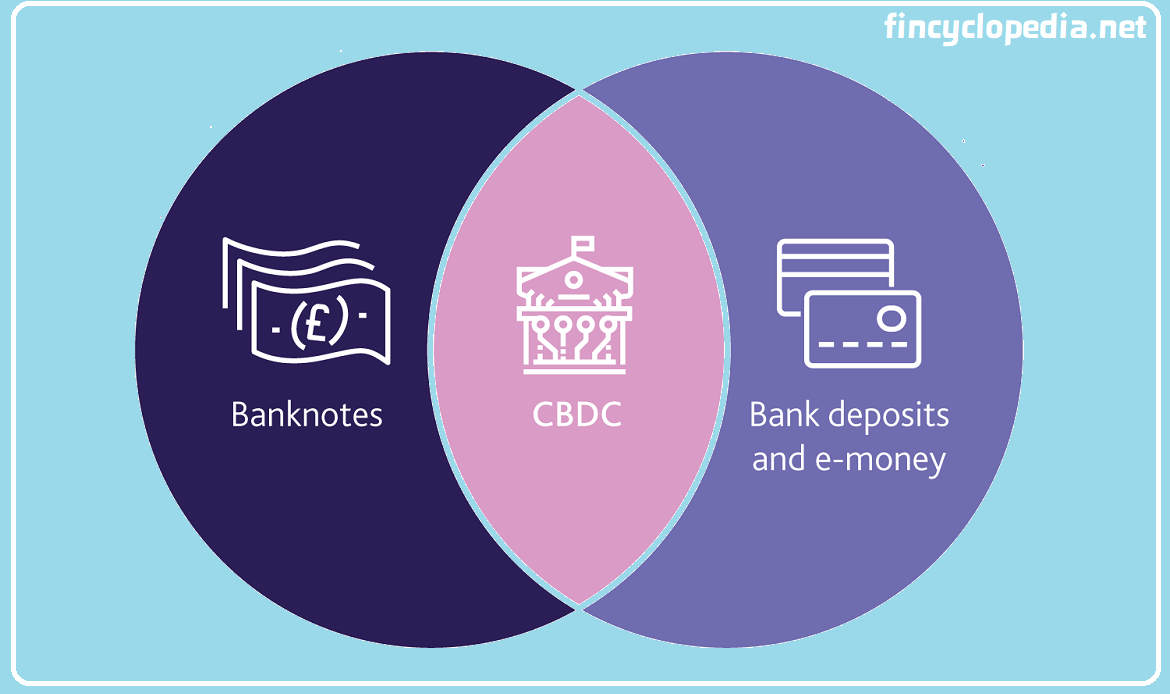A ratio relating a bank’s capital to its risk-weighted assets (RWAs). The main forms of this ratio include tier-1 capital ratio, tangible common equity ratio (TCE ratio), and tier-1 plus tier 2 capital ratio. For example, the tier-1 capital ratio is the ratio of a bank’s core tier 1 capital (its equity capital and disclosed reserves) to its total risk-weighted assets (total RWAs).
The above risk-based ratios apply risk-weightings to measure on– and off-balance sheet exposures and are aggregated as total risk-weighted assets. Weights for RWAs are determined using risk-sensitivity ratios whose calculation is subject to capital adequacy protocols (e.g., total capital ratio ≤ 8%, ≤10%, etc.) These risk-weightings do vary across asset classes and exposures based on respective inherent risk. For example, U.S. Treasury securities are typically assigned a 0 percent risk weight, while commercial loans would be assigned a risk-weight of 100 percent, etc. Regulatory capital rules prescribe minimum capital ratio requirements.





